It’s been a year since Winter Storm Uri wreaked havoc on Texas, leaving 4.5 million people without power as record low temperatures overwhelmed the state’s power grid, ERCOT. By the end of the week, at least 246 people had died with some sources estimating the number to be closer to 700. Not only that, but the Texas economy also suffered $195 billion in damages, making it the most costly natural disaster in the state’s history.
So what exactly happened during Winter Storm Uri, and what has the government done to prevent another disaster like this from happening?
The “Perfect Storm”
Uri was considered the “perfect storm” due to a combination of factors. One major problem arose from Texas’ reliance on natural gas. As gas production wells froze up, pipelines failed to function, and uninsulated gas lines couldn’t deliver power. According to a Federal Energy Regulatory Commission (FERC) and the North American Electric Reliability Corp. (NERC) report, the frozen gas supply caused 87% of the power outages. Another problem was the high demand for electricity from consumers, with some consumers using two weeks’ worth of energy in a single day. The power grid simply could not manage, and there were widespread blackouts across the state. The storm highlighted ERCOT’s vulnerability due to its isolated nature and the limited numbers of transmission lines across states. More transmission lines are crucial for a resilient grid, and could help Texas avoid another disaster like this in the future.
Legislative Changes
After the storm, a team was tasked with mapping out all critical power plants, natural gas facilities, and the transmission lines that connect them by September 2022. Additionally, Senate Bill 3 was passed which requires that the Public Utilities Commision (PUC) create winterization rules for power plants, transmission lines, and utility companies as well as penalties of up to $1 million per violation per day for noncompliance. However, there have not been any official studies that can show the PUC what exactly is needed to ensure grid stability, so the Commission is largely having to go off of intuition and stakeholder ideas.
Off-Grid Solutions
In response to the storm’s repercussions, many of NATiVE’s customers now opt for battery backup systems that allow inverters to isolate their homes and disconnect from the utility grid. This way, the house becomes an individual microgrid and is able to use the power generated by the house’s solar panels. With this system in place, customers are no longer at the mercy of the outdated, isolated, and aged infrastructure within the Texas power grid. Additionally, they will not have to deal with the uncertainty of rising energy prices, which have become a key driver of inflation across the nation.
Increasing Demand for Solar in Texas
Texas is on the right path towards grid modernization, but the journey has just begun. In 2021, wind and solar accounted for nearly all of ERCOT’s new generating capacity. To keep up with this increasing demand for solar in Texas, more people are needed to expand the solar workforce. To do this, NATiVE Solar and Solar Austin have created a practical training curriculum for high schoolers that allows students to gain hands-on solar installation experience. This program is currently underway at the Del Valle ISD Opportunity Center, and plans are in place to expand the program to other school districts in Texas this year.
Improving Grid Resilience
Expanding workforce and trade skills opportunities will create more jobs across Texas and provide the framework for a more resilient grid, decreasing our chances of another power crisis. Legislative changes that emphasize the need for a more flexible energy distribution system are crucial, and will play a major role in keeping our families safe in case of another catastrophic winter event. Consider going solar and having a battery backup system in place to decrease the chances of your home losing power due to freezing weather conditions. NATiVE is proud to deliver renewable energy to anyone in the Texas area who wishes to take the next step in creating a more resilient grid for all.






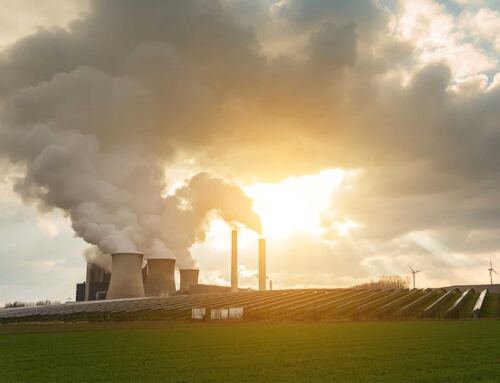
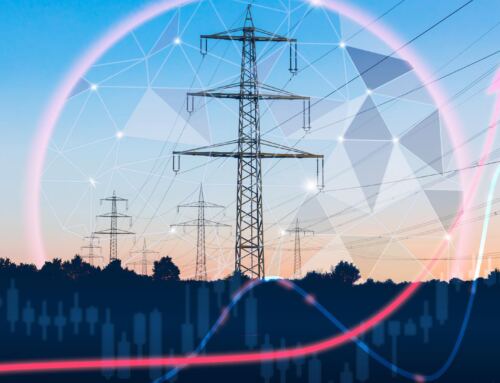

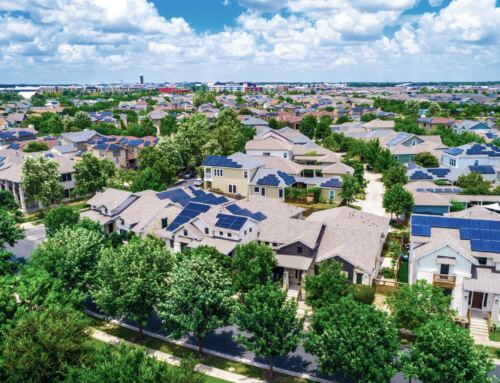
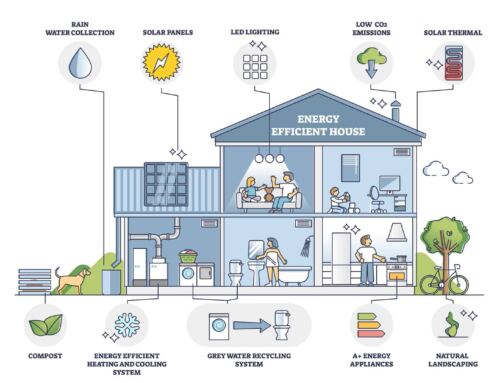
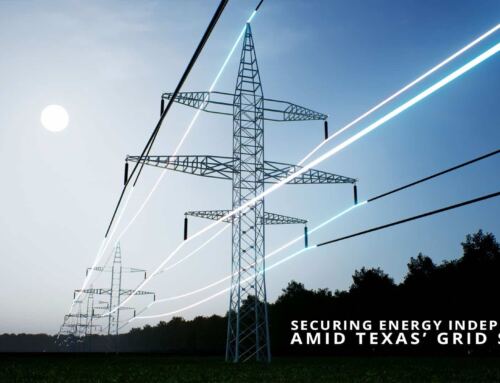
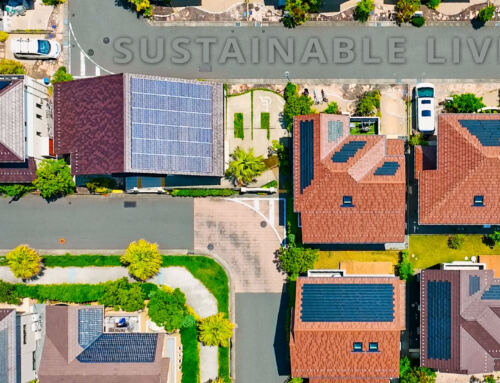

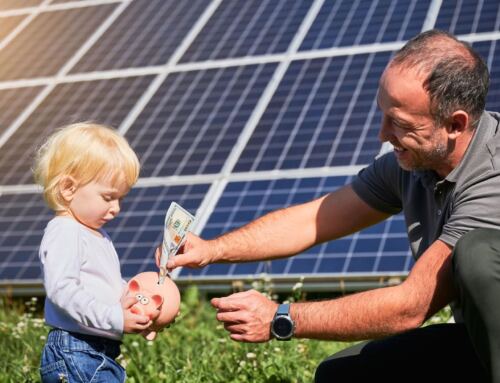
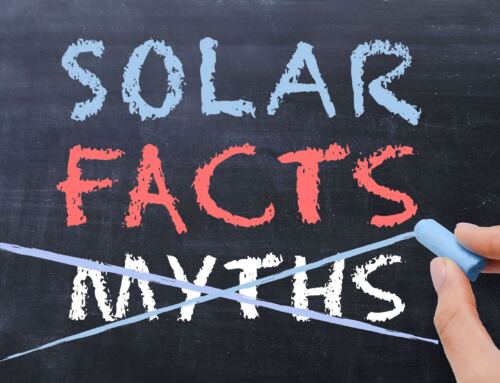

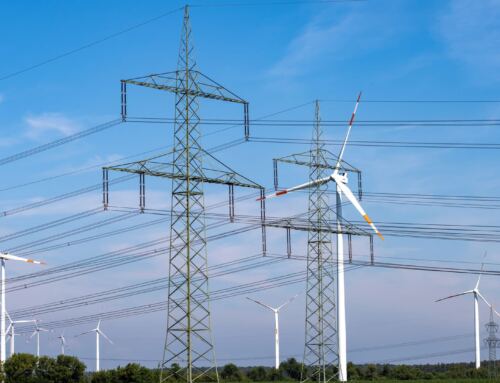

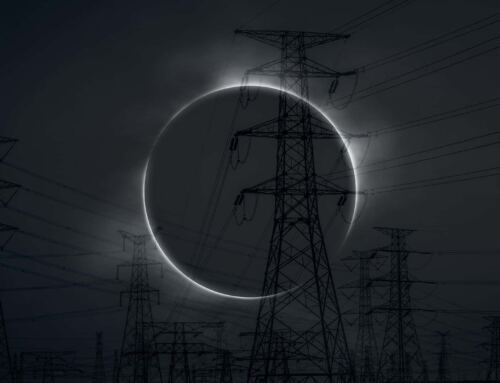
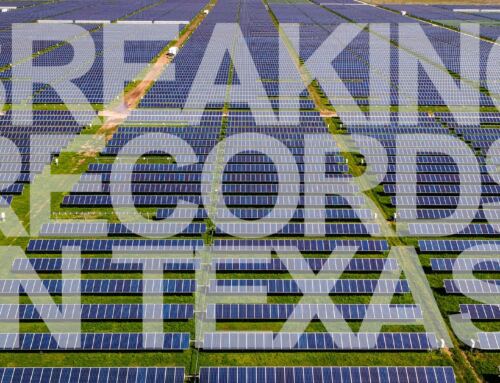
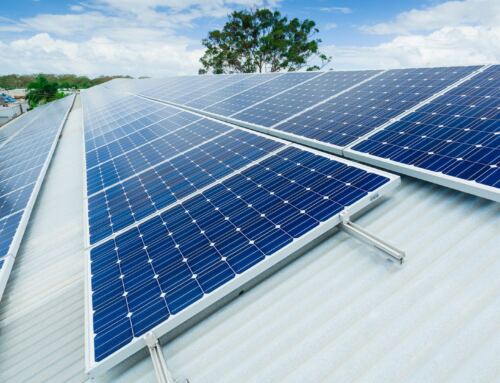
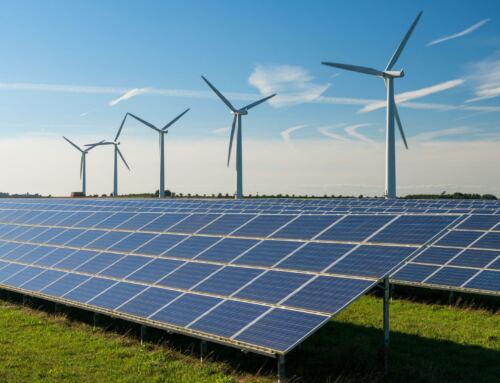

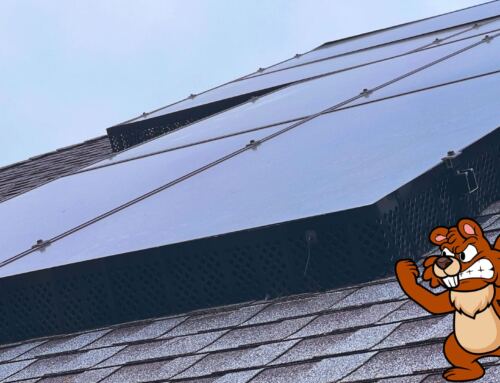

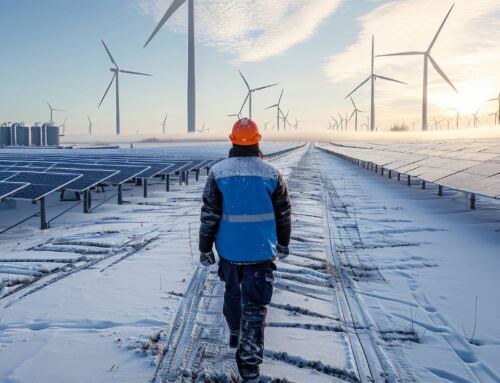
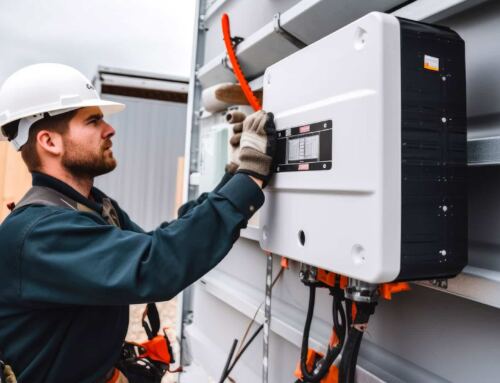
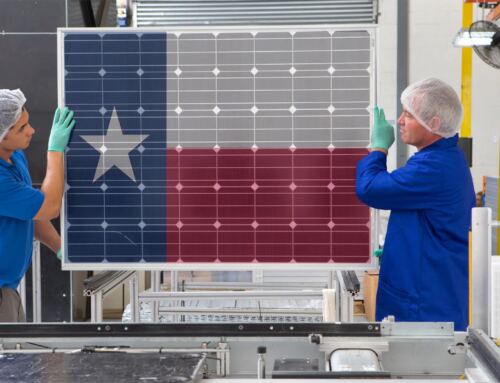
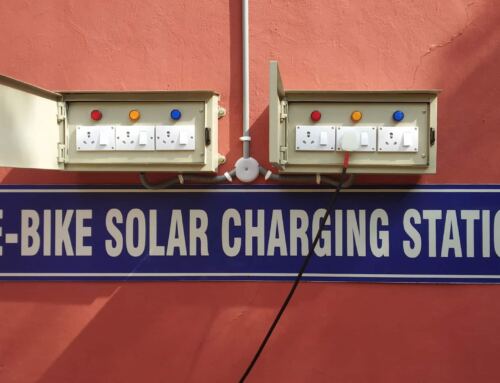

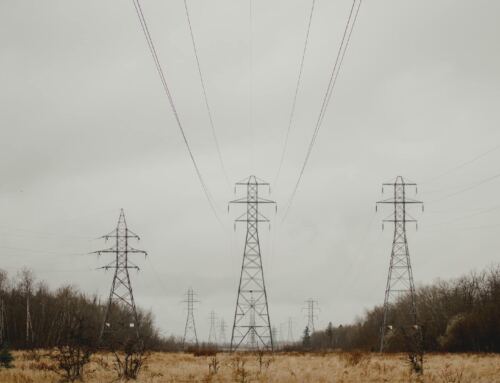
Leave A Comment